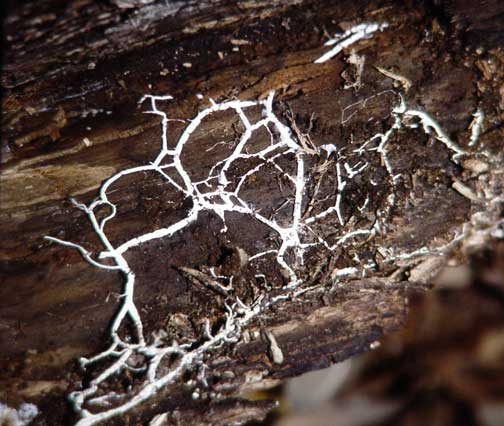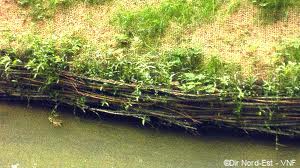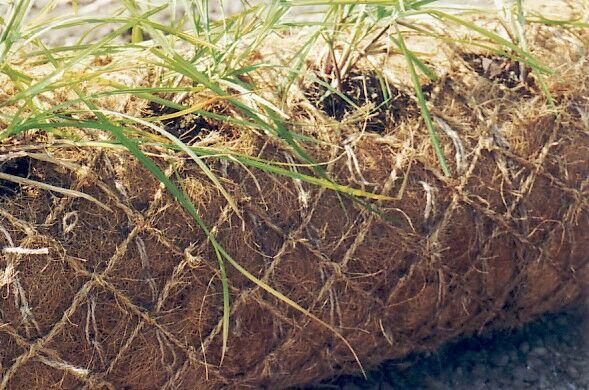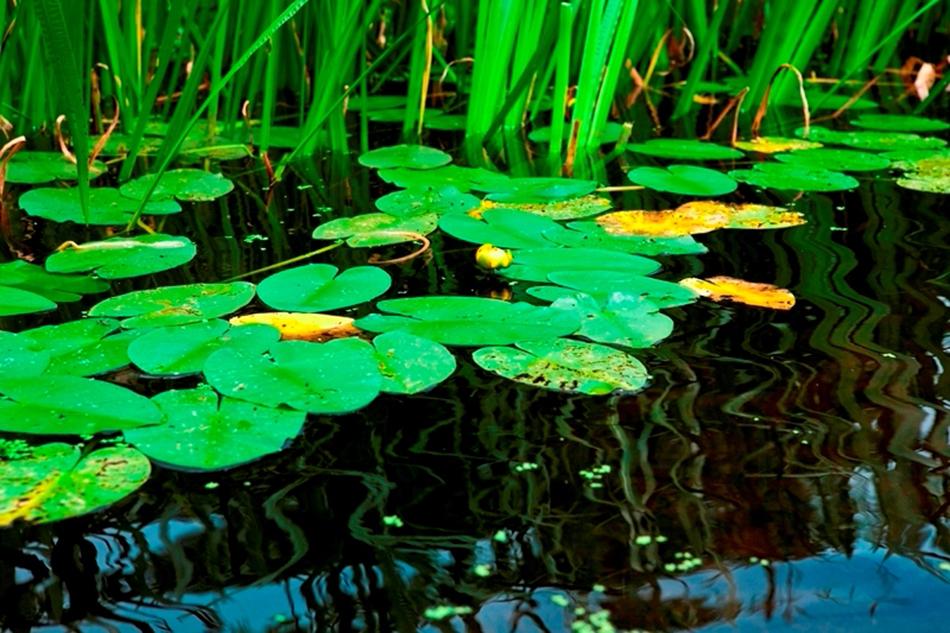Ecological restoration involves a myriad of practices that jointly begin to regenerate watershed health. Focuses are on pollution and storm water management, wildlife habitat and corridors, multipurpose tree planting, ecological farm practices, and bioremediation.
Approaches applied by Ecologia begin at the residential level with rainwater gardens, permeable surfaces, perennial plantings, and scale up to holistic farm design, stream restoration, bio retention swales and mycoremediation using Fungi for Ecological Habitat Restoration.
Note: Close to half of the pollution in storm water runoff comes from yards and gardens. By adding a rain garden or swale to your landscape plan, you help preserve water quality and beautify your yard with a low-maintenance garden area that practically takes care of itself while filtering runoff from your property.
Fungi for Ecological Habitat Restoration
 Fungi speed up habitat recovery and soil building. The thread like mycelium structure of fungi acts as a filtration web that consumes toxins, whether they are chemical or biological. Fungi not only filter but also consume and break down harmful toxins and microorganisms into harmless sugars. One of the most successful species in this mycofiltration is the oyster mushroom, one of our easiest to grow fungi.
Fungi speed up habitat recovery and soil building. The thread like mycelium structure of fungi acts as a filtration web that consumes toxins, whether they are chemical or biological. Fungi not only filter but also consume and break down harmful toxins and microorganisms into harmless sugars. One of the most successful species in this mycofiltration is the oyster mushroom, one of our easiest to grow fungi.
Combined with earthworks like swales and rain gardens, mycofilters can ameliorate harmful run off from our residential, commercial and industrial landscapes and play a key role in regenerating our Chesapeake Bay ecology. Whether it is pollutants from the drive way, parking lot, farm, or industry, it is our responsibility to prevent it from going downstream.
Ecologia offers mycoremediation (bioremediation using fungi) services in the reduction and elimination of hydrocarbon contamination, herbicides, pesticides, oil, diesel and other pollutants like phosphorous and nitrogen. As well as, mycofiltration of E.coli, coliform bacteria and protozoa produced by farm runoff and manure lagoons.
- To learn more about how mushrooms can save the world see Paul Stamets TED talk:
http://www.ted.com/talks/paul_stamets_on_6_ways_mushrooms_can_save_the_world.html
- Recommended reading for both cultivation and restoration: Paul Stamets ‘Mycelium Running’.
Riparian Restoration for Stream Bank Protection
Protection of riparian zones is critical to our watershed health. Whether it is a rambling creek through a residential property or eroding fields leading into our streams and rivers the role of stewardship is ours. Ecologia uses innovative vegetative restoration techniques to control surface erosion, stabilize slope failure and filter pollutants.
Fascines
 Fascines are live branch cuttings bound together into long cylindrical bundles and placed in shallow trenches on slopes to provide erosion protection on streams and to bench eroded slopes or gullies. Fascines strengthen slopes and absorb moisture by rooting deeply into the slope reducing soil erosion by trapping soil particles that would otherwise wash down the slope. Cuttings of willow, dog woods and popular are usually incorporated. Fascines can also be constructed of cuttings not intended for rooting, known as inert fascines.
Fascines are live branch cuttings bound together into long cylindrical bundles and placed in shallow trenches on slopes to provide erosion protection on streams and to bench eroded slopes or gullies. Fascines strengthen slopes and absorb moisture by rooting deeply into the slope reducing soil erosion by trapping soil particles that would otherwise wash down the slope. Cuttings of willow, dog woods and popular are usually incorporated. Fascines can also be constructed of cuttings not intended for rooting, known as inert fascines.
Coco Gabions
 Coco gabions are tubes of rolled coconut coir that have the advantage of retaining slope erosion immediately. They are an ideal medium for root development and easily planted with live cuttings. Coco gabions are another bioengineering measure used to stabilize and vegetate slopes similar to fascines.
Coco gabions are tubes of rolled coconut coir that have the advantage of retaining slope erosion immediately. They are an ideal medium for root development and easily planted with live cuttings. Coco gabions are another bioengineering measure used to stabilize and vegetate slopes similar to fascines.
Stream Bank Swales
Leading up to un-forested stream banks riparian swales are key to upper bank establishment and pollution filtering. Ecologia designs swales with multi-purpose native tree species adapted to low land riparian zones. While establishing long term reforestation along banks we can also generate food and products by planting swales with a mix of selected mulberry, paw paw, aronia, walnuts, bur oaks, hickories, hazel nuts, basket willows, and eventually ginseng, goldenseal, black cohosh, and oyster mushrooms.
Please contact Ecologia for detailed practices and consultations.
Posted In: Edible and Ecological Landscape Design


